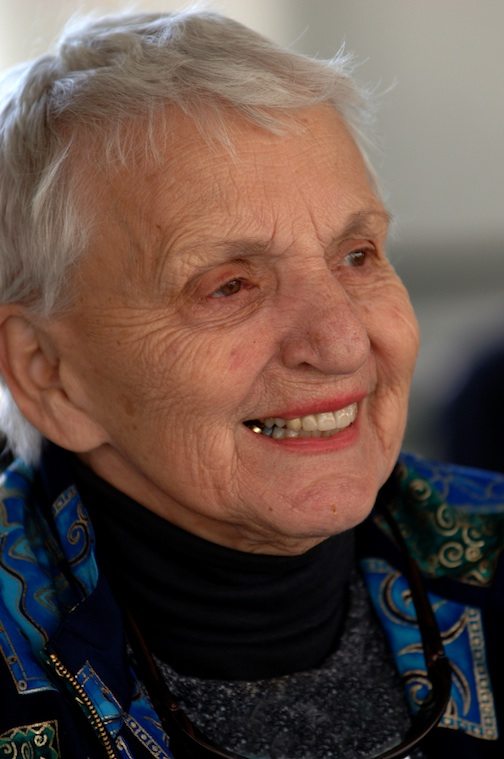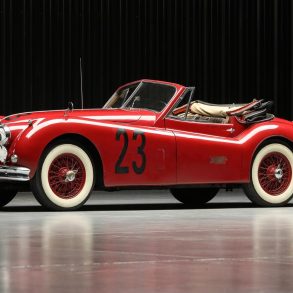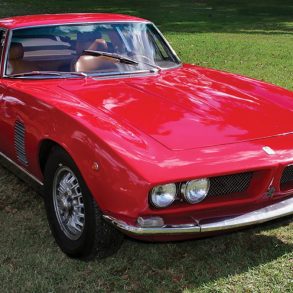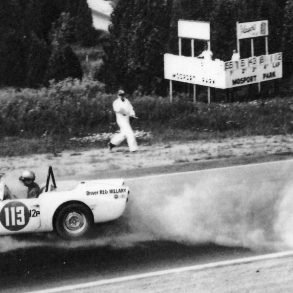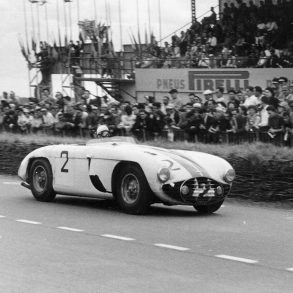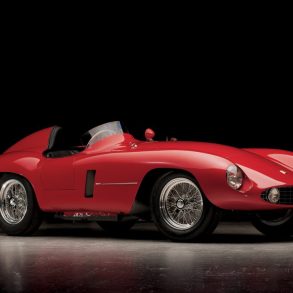The term “Renaissance Woman” may not be as widely used as its gender opposite, but in Denise McCluggage, who passed away last week at the age of 88, we had a unique and shining example for all time. Schooled in philosophy and political economics, she overcame gender bias to become a photojournalist whose coverage assignments included the extreme sports of skiing and parachuting—in which she also partook.
Fortunately for us, among her many passions was the automobile, which she fell in love with at age 6. That interest naturally led to racing so that by 1959 she was winning SCCA Feature races with her Porsche RS. In 1962 she won the GT class of the 12 Hours of Sebring, finishing 10th overall while sharing a Ferrari 250GT with Allen Eager.
A contemporary of American racers Phil Hill, Carroll Shelby and Dan Gurney, as well as England’s Stirling Moss, she traveled Europe with them, doing double duty as both journalist and racer. In that latter role she drove for Briggs Cunningham’s team as well as Porsche, Ford, General Motors and Rover.
Upon hearing of her passing, Gurney issued a statement saying: “Denise McCluggage was a true original, the way she wrote, the way she talked, the way she behaved and the way she lived her life, nothing was ordinary.
“We have been friends ever since she and her great friend Phil Hill picked me up at the airport in Paris in 1958 to drive south to Le Mans together where we all were scheduled to race. Denise was a pioneering racing lady who was not intimidated by famous men on the track, be it the Nürburgring, Sebring, Riverside or the Targa Florio. She amused generations with her witty observations, which she shared in her writings over many decades. I see her in my mind’s eye laughing with old pals, Briggs, Phil, Shelby and Stirling. We were young together, we grew old together, I will miss you Denise!”
After reporting for the San Francisco Chronicle and the New York Herald Tribune during the early phases of her career, in more recent times she was a fixture at AutoWeek, where one of her last contributions was a report on a new “bionic” method for making rural dirt and gravel roads more passable in bad weather. Ever looking forward.
She settled in Santa Fe, New Mexico in the late ’70s, and held regular lunch meetings at local restaurants where the local car community would gather to share stories and experiences. She was also a key figure in the establishment of the annual Santa Fe Concorso. She is survived by her sister, Pat, to whom and to her many friends in and out of the sport, Vintage Racecar sends its sincere condolences.


